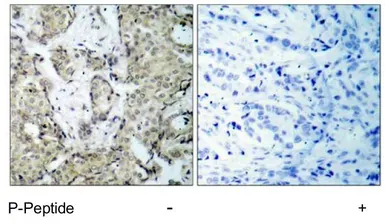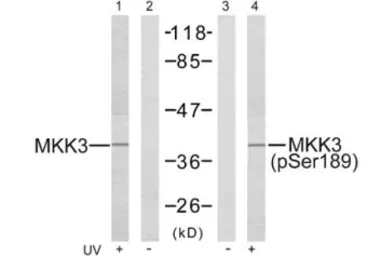MEK3 (phospho Ser189) antibody
Cat. No. GTX79010
Cat. No. GTX79010
-
HostRabbit
-
ClonalityPolyclonal
-
IsotypeIgG
-
ApplicationsWB IHC-P
-
ReactivityHuman


